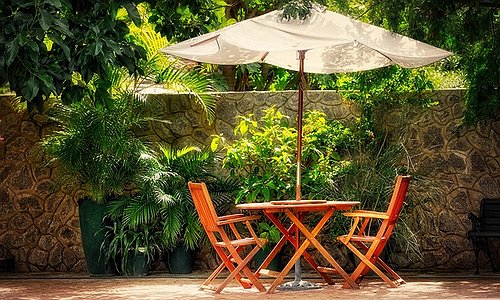Sweet success for the Karoo's koeksister economy
Dough, sugar, and grit are the Karoo's economic trifecta
Before the first rooster crows, kitchens across the Karoo are ablaze with activity. The ritual is almost sacred: dough meticulously braided, oil heated to the perfect temperature, and syrup cooled just right to achieve that signature koeksister crunch. This isn't merely about satiating a sweet tooth; it's about survival and empowerment.
In towns like Cradock, the early morning hustle is palpable. Home bakers, often matriarchs of their households, transform simple ingredients into golden, syrupy treasures. These koeksisters then make their way to local markets, roadside stalls, and the cherished tuisnywerhede (home industry shops) that dot the region. The income generated supports schooling, puts food on tables, and keeps the wheels of these tight-knit communities turning.
More than just pocket change
Dive deeper, and you'll find that this isn't a quaint side hustle. The koeksister-economy is a formidable force. In a region where formal employment opportunities can be as sparse as rainfall, these home-based enterprises are pillars of resilience. They embody the spirit of entrepreneurship, with bakers mastering the delicate balance of quality, pricing, and supply to meet the insatiable local demand. But it's not just about individual gain. The ripple effect is profound. Flour suppliers, egg farmers, and sugar merchants all find steady customers in these industrious bakers. Local markets thrive, and the communal fabric is strengthened as neighbours support one another's ventures.
The koeksister's global allure
The Karoo's culinary prowess doesn't stop at koeksisters. The region boasts a rich tapestry of flavours, from succulent Karoo lamb to tangy cheeses and preserves. However, the koeksister holds a special place, often serving as the gateway treat that introduces visitors to the area's gastronomic delights.
Tourists, both local and international, are drawn to these authentic experiences. Culinary tours, food festivals, and hands-on baking workshops have sprouted, offering immersive dives into the Karoo's food heritage.
This influx of "foodie" tourism injects much-needed capital into the local economy, creating jobs and fostering a renewed sense of pride in traditional practices.
Salt in the sugar?
Yet, it's not all sugar and spice. The koeksister-economy faces its share of hurdles. Rising ingredient costs, fluctuating tourism numbers, and the ever-looming threat of commercialization pose challenges. There's a delicate dance between preserving authenticity and scaling operations to meet growing demand. Added to this, as the world becomes more health-conscious, the sugar-laden koeksister might find itself at odds with modern dietary trends. Innovating while staying true to tradition will be the tightrope that Karoo bakers must walk in the coming years.
In the vast and challenging Karoo the humble koeksister is a testament to the indomitable spirit of its people. More than just a confection, it's a symbol of economic ingenuity braided with cultural preservation. So, the next time you bite into that sticky, crunchy delight, remember: you're not just tasting a piece of South African heritage; you're savouring the resilience and enterprise of the Karoo's unsung heroines.





